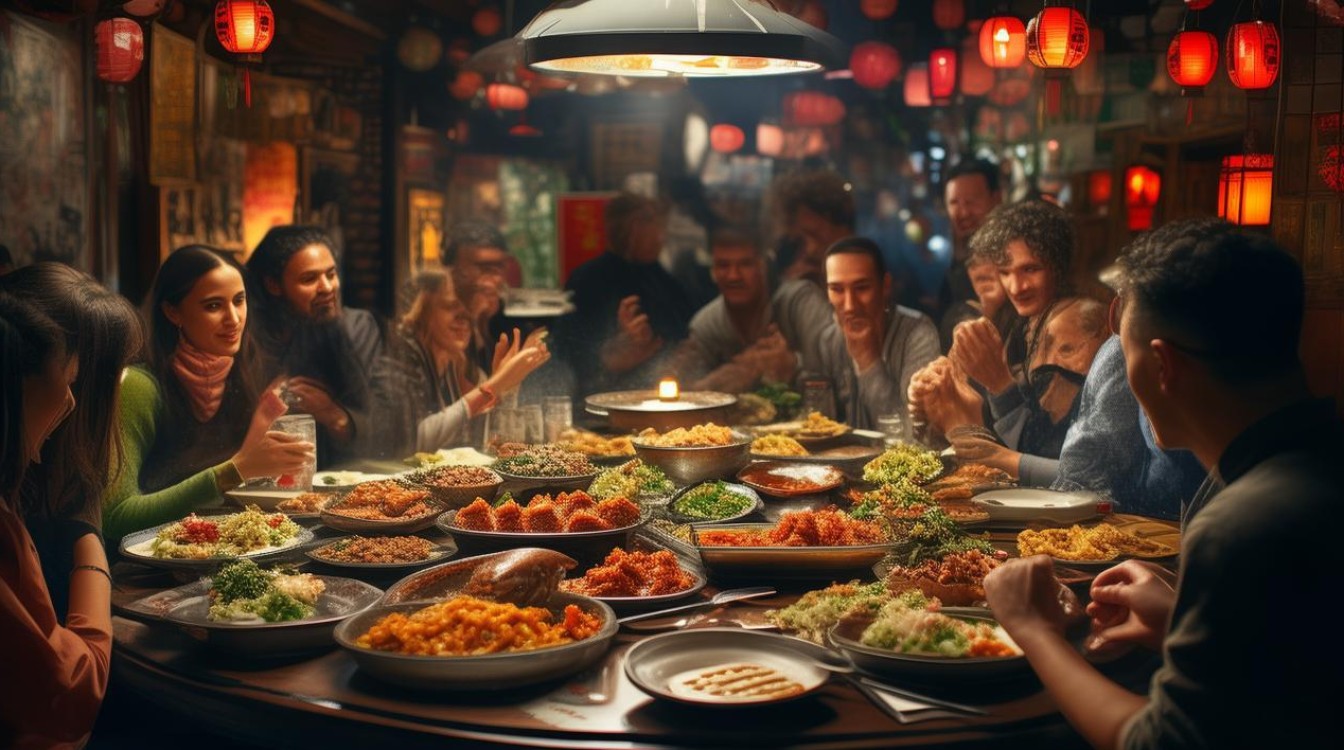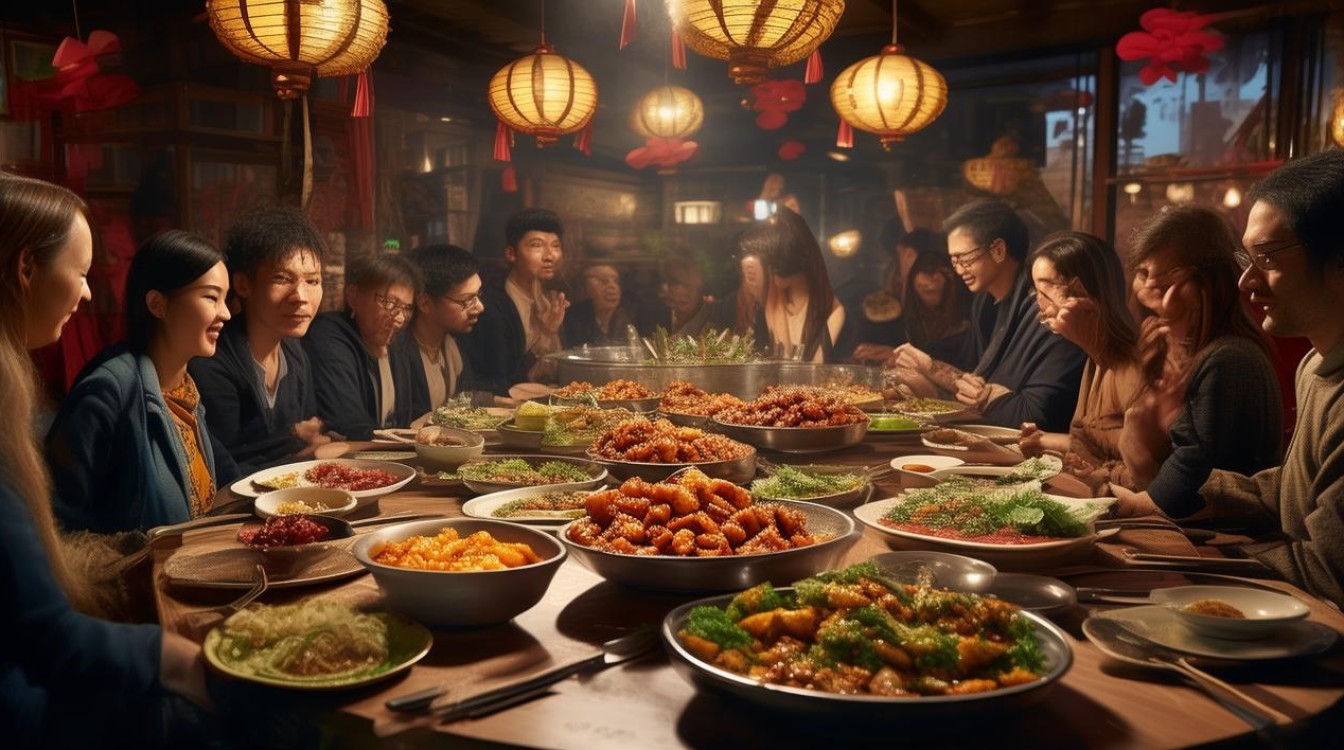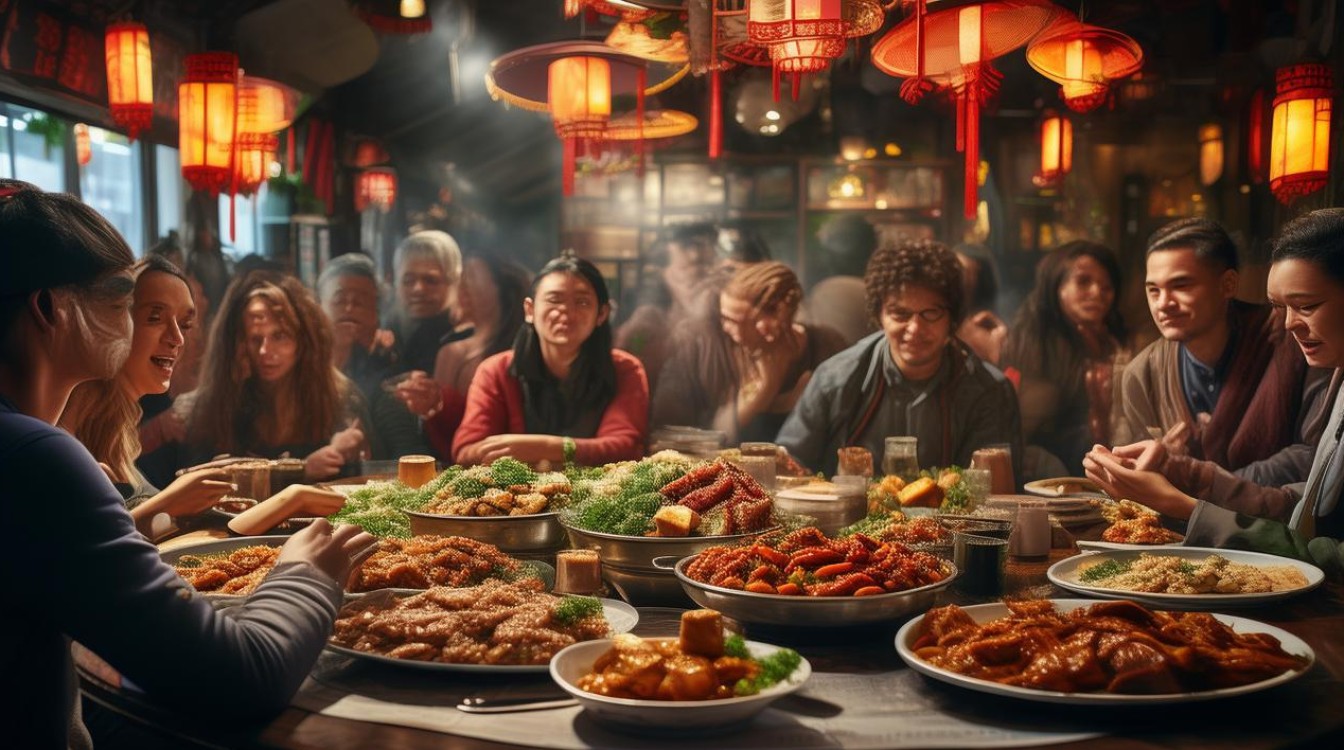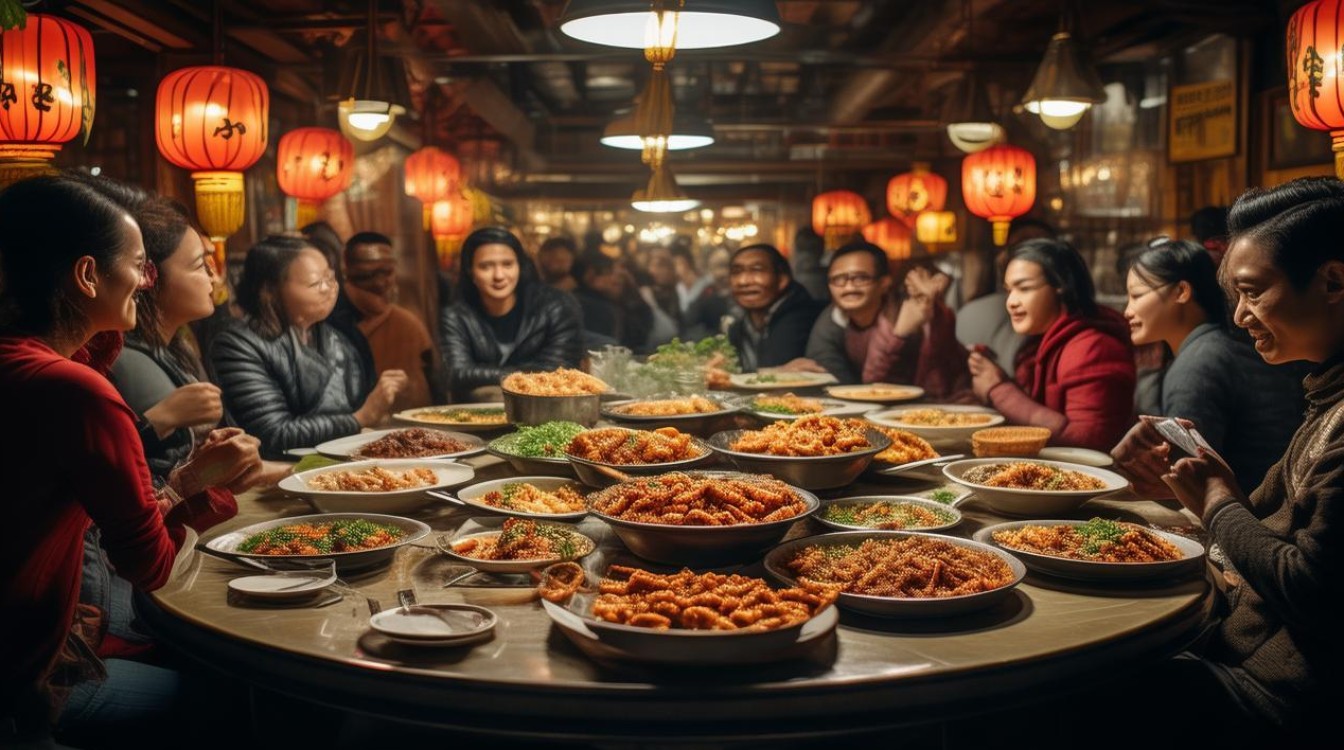Sichuan cuisine, known for its bold flavors and fiery spices, is a culinary treasure that attracts food lovers worldwide. Whether you're a traveler, a language learner, or a food enthusiast, discussing Sichuan dishes in English can enhance cultural exchange and improve communication skills. Below is a practical guide to mastering English conversations about Sichuan cuisine, complete with useful phrases, dialogue examples, and the latest data on global food trends.

Essential Vocabulary for Discussing Sichuan Cuisine
Before diving into conversations, familiarize yourself with key terms:
- Spicy (麻辣 - Málà): The signature flavor combining heat and numbness.
- Hot Pot (火锅 - Huǒguō): A communal dining experience with a simmering broth.
- Mapo Tofu (麻婆豆腐): A classic dish with tofu in a spicy bean sauce.
- Dan Dan Noodles (担担面): Noodles with a savory, spicy peanut sauce.
- Sichuan Pepper (花椒 - Huājiāo): A unique spice causing a tingling sensation.
Sample English Dialogue: Ordering Sichuan Food
Scenario: A traveler (Alex) and a local (Wei) discuss Sichuan cuisine at a restaurant.
Alex: "I’ve heard Sichuan food is famous for its spiciness. What do you recommend?"
Wei: "You should try Mapo Tofu—it’s a must! The combination of chili and Sichuan pepper creates a unique numbing effect."
Alex: "That sounds intense! How about something less spicy?"
Wei: "Then Kung Pao Chicken is a great choice. It’s flavorful but not overwhelmingly hot."
Alex: "Perfect! And what’s the best way to enjoy Sichuan Hot Pot?"
Wei: "Dip thinly sliced meat and vegetables into the broth, then pair it with a sesame or garlic sauce."
Latest Trends in Sichuan Cuisine (2024 Data)
To provide up-to-date insights, we analyzed recent culinary reports:

| Trend | Data (2024) | Source |
|---|---|---|
| Global Sichuan Restaurant Growth | 12% increase in new Sichuan restaurants outside China | Statista |
| Most Popular Sichuan Dish Abroad | Hot Pot (45% of international orders) | YouGov |
| Rising Ingredient Demand | Sichuan pepper exports up 18% YOY | China Customs |
This data shows Sichuan cuisine’s expanding global influence, making it a relevant topic for cross-cultural conversations.
Tips for Effective English Conversations About Food
-
Use Descriptive Language
- Instead of "This is spicy," say "The heat builds slowly with a tingling sensation from the Sichuan pepper."
-
Ask Open-Ended Questions
- "What makes this dish different from other regional Chinese cuisines?"
-
Share Personal Experiences

- "The first time I tried Hot Pot, I was amazed by how interactive the meal was!"
-
Incorporate Cultural Context
Mention how Sichuan cuisine reflects the region’s humid climate, where spices help stimulate appetite.
Common Mistakes to Avoid
- Overgeneralizing: Not all Sichuan dishes are extremely spicy (e.g., Sweet Water Noodles).
- Mispronunciations: Practice saying "Huǒguō" (Hot Pot) instead of "Huo Guo."
- Ignoring Dietary Preferences: Always ask, "Do you prefer mild or spicy flavors?"
Interactive Exercise: Role-Playing a Food Conversation
Try this with a partner:
Person A: "I’m curious about Sichuan food. What’s one dish you think represents the region?"
Person B: "Definitely Mapo Tofu. It balances spice, umami, and texture perfectly."
Person A: "How would you describe the flavor to someone who’s never tried it?"

Sichuan cuisine offers a rich topic for engaging English practice. By mastering food-related vocabulary, understanding current trends, and practicing dialogues, you can confidently discuss one of China’s most beloved culinary traditions. The next time you’re at a Sichuan restaurant or chatting with an international friend, use these tips to make the conversation flavorful and insightful.
Data sourced from Statista, YouGov, and China Customs as of June 2024.











